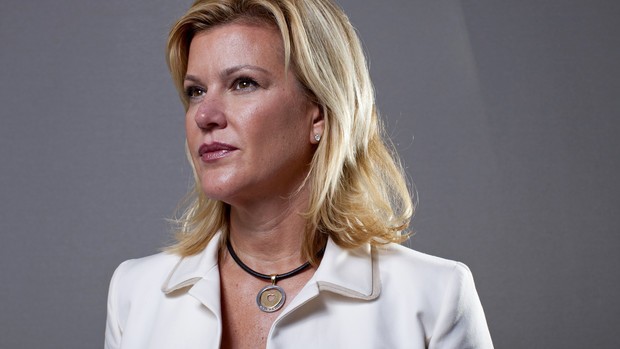How Meredith Whitney’s Hedge Fund Sputtered in Debut Year
Post on: 16 Март, 2015 No Comment

Jan 12 2015 | 6:49am ET
Max Abelson (Bloomberg) — It took less than a year for Meredith Whitney’s hedge fund to begin unraveling.
Her American Revival Fund started investing in heartland stocks in November 2013, after the Wall Street star predicted on TV and in a book that the center of the U.S. would boom. Even as parts of the region did well, she made wrong-way bets on companies including a retailer that sells mattresses and stereos on credit in Texas. In October, she was headed for the year’s eighth monthly drop when her main backer, a fund tied to billionaire Michael Platt, asked for its money back. Her firm refused.
Starting her debut hedge fund without a staff of analysts to help choose investments and relying too much on one investor’s money helped lead Whitney astray, according to a person with direct knowledge of her firm. Her office on New York’s Madison Avenue is on the market, her two top executives left and the fund tied to Platt’s BlueCrest Capital Management sued in Bermuda last month to get its $46 million back.
Robert Whitelaw, chairman of the finance department at New York University’s Stern School of Business, said a successful fund needs more than an interesting investment thesis.
“What’s a thesis? A thesis is a story,” he said. “The first thing is you may have the story wrong, and the second thing is, even if you have the story right, a lot of it is about timing.”
Whitney, 45, was a banking analyst when she shot to fame for presciently warning in 2007 that Citigroup Inc. would have to cut its dividend, months before most saw the financial crisis coming. It brought her the cover of Fortune, lionization in Michael Lewis’s “The Big Short,” and a nickname, the Prophet.
In June 2013, she channeled her pessimism about the future of the U.S. coasts and enthusiasm for the low-tax central corridor in a book, “Fate of the States.” Predicting people and businesses will move to the heartland in the decades ahead, she explained that her “brain instinctively works to connect the dots in life, turning mosaics of information into narrative tales of how things came to be and what I think will happen as a result.”
That was an inspiration for her firm, Kenbelle Capital, and its American Revival Fund. The business started trading that November, aiming to capitalize on what she called the next cycle of U.S. growth, according to a presentation at the time. She closed her advisory firm, telling potential investors at a New York conference that she started her own hedge fund in part because she was tired of others profiting from her ideas, an attendee said.














